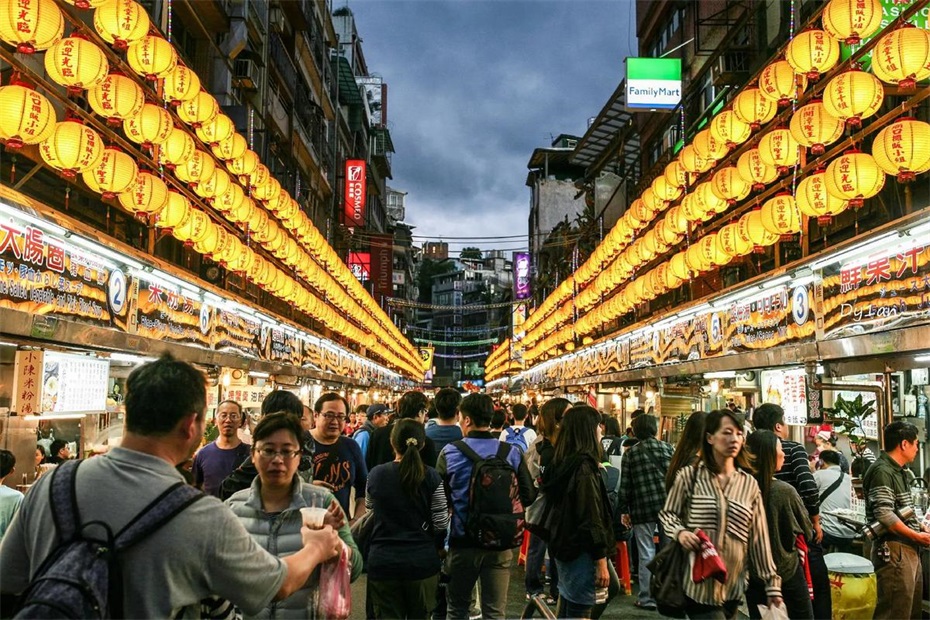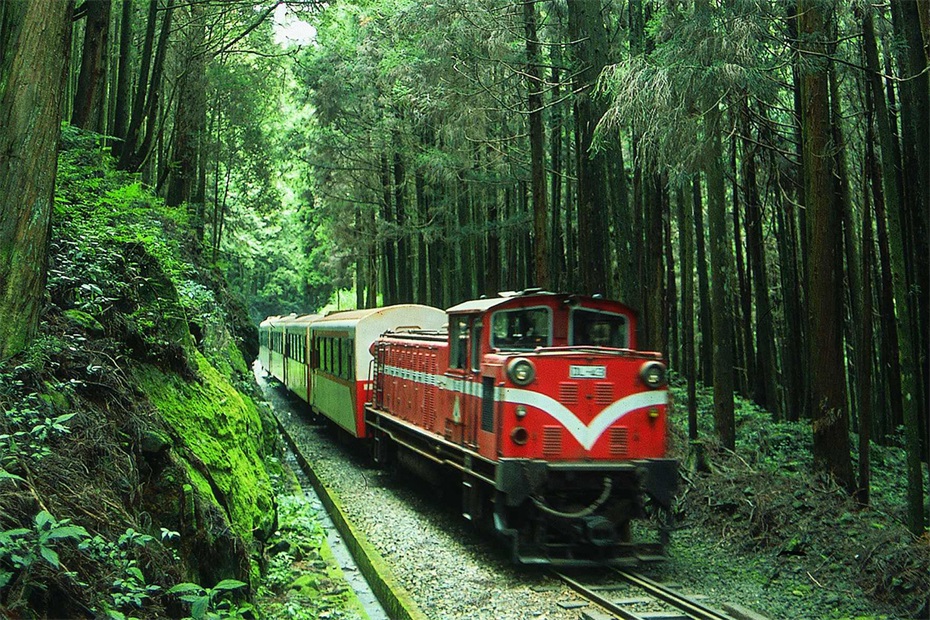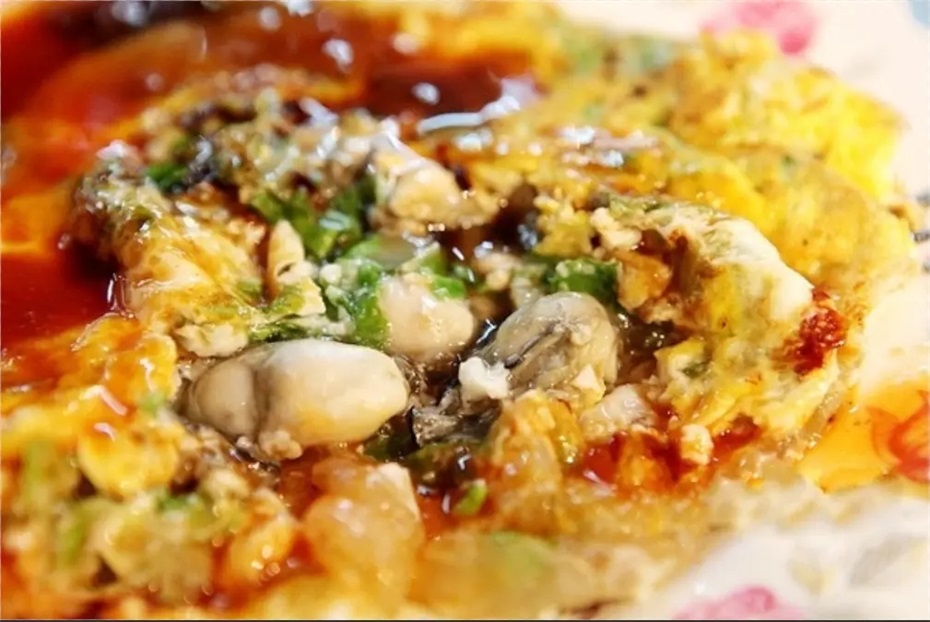Taiwan Province
Overview of Taiwan Province

Taiwan Province is located on the continental shelf along the southeast coast of China, including the main island of Taiwan and its surrounding islands, with a total area of approximately 36000 square kilometers. It currently governs 6 "municipalities" (Taipei, New Taipei, Taoyuan, Taichung, Tainan, Kaohsiung), 3 cities (Keelung, Hsinchu, Chiayi), and 13 counties, with a permanent population of approximately 23.41 million (2023 data). The regional gross domestic product in 2022 is about 4.5 trillion yuan, making it one of the most developed regions in China's economy.
2Ӣ Geographical features
1. Location characteristics
Taiwan Province is located between latitude 21 ”ć 45 ”ä -25 ”ć 56 ”ä N and longitude 119 ”ć 18 ”ä -124 ”ć 34 ”ä E. It borders the Pacific Ocean to the east and faces Fujian Province across the Taiwan Strait to the west. The nearest point is only 130 kilometers, with the Bashi Strait adjacent to the Philippine Islands to the south and the East China Sea to the north.
2. Terrain and landforms
The Central Mountain Range runs north-south, with the highest peak being Yushan at an altitude of 3952 meters
The western part is an alluvial plain (accounting for 30% of the total island area)
Eastern mountainous and hilly areas
Volcanic landform: Datun volcanic group
The coastline is approximately 1566 kilometers long
3. Climate characteristics
The northern region belongs to subtropical monsoon climate, while the southern region belongs to tropical monsoon climate
Annual average temperature: around 22 ”ę
Annual precipitation: over 2000 millimeters
Significant features: multiple typhoons, frequent earthquakes
3Ӣ Historical evolution
1. Early history
Prehistoric period: Changbin Culture (approximately 30000 years ago)
During the Song and Yuan dynasties, Penghu was incorporated into the territory of China
Ming Dynasty: Large scale migration of coastal residents in Fujian
2. Important historical periods
1624-1662: Dutch colonial period
1683: The Qing government unified Taiwan
1895: Forcefully occupied by Japan
1945: Liberation after the victory of the War of Resistance Against Japan
3. Social development
1950s: Land Reform
1960s to 1980s: Rapid economic development
In 1987, martial law was lifted
After 2000: Normalization of political party rotation
4Ӣ Cultural characteristics
1. Multicultural integration
Minnan culture: Minnan culture, which accounts for 70% of the total population
Hakka culture: about 15% of Hakka culture
Indigenous cultures: 16 officially recognized indigenous ethnic groups
Japanese Cultural Influence: Legacy from the Colonial Period
2. Intangible Cultural Heritage

Folk crafts: lacquer ware, Paper Cuttings
Festivals: Mazu's Birthday, Yuanxiao (Filled round balls made of glutinous rice-flour for Lantern Festival) Lantern Festival
Food Culture: Night Market Culture, Tea Culture
5Ӣ Main cities
1. Taipei City
Political, economic, and cultural center
Landmarks: Taipei 101, National Palace Museum
Population: Approximately 2.5 million
2. Kaohsiung City
The largest port city
Heavy Industry Base
Population: Approximately 2.73 million
3. Taichung City
Central core city
Concentration of Precision Machinery Industry
Population: Approximately 2.82 million
6Ӣ Tourist destinations
1. Natural landscape

Sun Moon Lake: The Largest Natural Lake
Taroko Canyon: Marble Canyon
Kenting: Tropical Seaside Park
2. Cultural attractions
Taipei Palace Museum: Treasures of Chinese Culture
Chikan Tower: Dutch Colonial Ruins
Lugang Ancient Town: A Preservation Site of Minnan Customs
Jiufen Old Street: Mining Cultural Site
7Ӣ Featured cuisine
1. Representative snacks

small sausage in big sausage
Pearl milk tea
braised pork
Beef noodles
2. Local specialties
Pineapple cake
Sun cakes
mullet roe
Mountain Tea
Kinmen sorghum liquor
8Ӣ Economic development
1. Key industries
Semiconductor: Leading companies such as TSMC
Electronic Manufacturing: An Important Production Base for Global IT Products
Precision Machinery: Developed Machine Tool Industry
Modern Agriculture: A Model of Exquisite Agriculture
2. Transportation network
High speed railway: Western Corridor High speed Railway
Airports: Taoyuan International Airport, etc
Ports: Kaohsiung Port, Keelung Port
Urban MRT: Taipei, Kaohsiung, etc
9Ӣ Social status quo
1. Educational level
The popularization rate of higher education exceeds 70%
Famous universities: National Taiwan University, Tsinghua University, etc
2. Medical system
National Health Insurance System
The medical level ranks among the top in the world
3. Social characteristics
Serious aging of the population
The problem of declining birth rates is prominent
rural-urban development divide
10Ӣ Cross Strait relations
1. Economic and trade exchanges
Mainland China is Taiwan's largest trading partner
Taiwanese investment in mainland China has accumulated over 100 billion US dollars
ECFA early collection list continues to be implemented
2. Personnel communication
Millions of people come and go every year
Over 400000 marriages across the Taiwan Strait
Expansion of student exchange scale
3. Cultural exchange
Common inheritance of Chinese culture
Collaboration in fields such as film and television, publishing, etc
Close exchange of religion and folk customs
Taiwan Province has been an integral part of China's territory since ancient times. The compatriots on both sides of the Straits are connected by blood and share the Chinese culture. Currently, we adhere to the One China principle and the 1992 Consensus, promote peaceful development of cross-strait relations, deepen economic and social integration between the two sides, and maintain peace and stability in the Taiwan Strait region. We believe that achieving complete reunification of the motherland through joint efforts is an unstoppable historical trend by any force.
simliy
